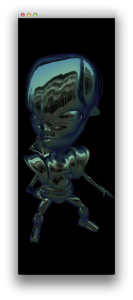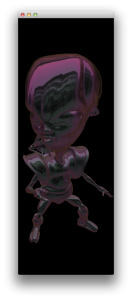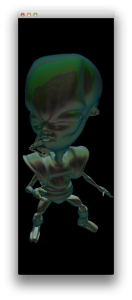Revently I’ve integrated Timothy Lottes extreme powerful Anti-Alising filter Fast Approximate Anti-Aliasing into my ph.d.-project (might be introduced later on…). It didn’t really take a long time as the filter source is documented quite well.
As I already have a class CPostProcessor that takes a base image and filters it using a generic vertex- and a custom fragment-shader I’ve created a class CPPFXAA that applies the FXAA filter.
1. Setup
Before integrating the FXAA shader you have to set it up, meaning going through the first part of the downloadable header-file and choose the defines to what you need/want.
2. Texture to RGBL
This step is not really necessary, but I somehow ended up integrating it anyway. Instead of an alpha value the alpha channel stores the luminace: (for me: color.a = dot(color.rgb, vec3(0.299, 0.587, 0.114));).
3. FXAA filter
Disable blending (if it was enabled) and apply the filter: render a screen-aligned quad with a fxaa as a fragment-shader. Set the input image as your “BaseImage” and set the correct viewport dimensions (“screenwidth” and “screenheight”).
4. done.
That’s it.
I hope it works as good for you as it does for me:)


